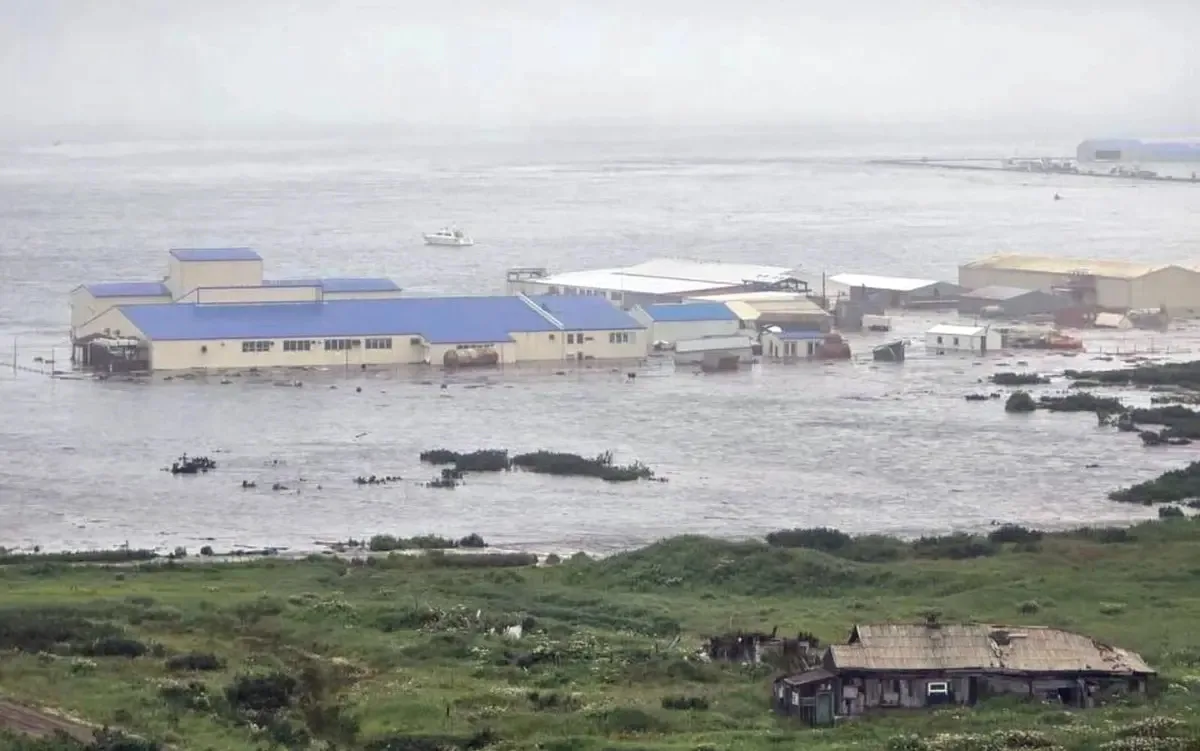On the night of 30 July, one of the most powerful earthquakes in recent years occurred off the coast of Kamchatka, Russia, with a magnitude of 8.7. The epicentre of the underground tremors was at a depth of 17 km, approximately 150 km from Petropavlovsk-Kamchatsky. The earthquake triggered a tsunami, whose waves have already reached Hawaii and pose a threat to the entire Pacific region.
Read also: The environmental consequences of Russia’s war against Ukraine
Waves up to 4 metres high were recorded in the eastern regions of Kamchatka, with coastal businesses flooded. In North Kurilsk, the port was damaged and streets were flooded. Several people were reported injured, but no serious damage has been recorded so far.
The greatest concern is for the Pacific coast. Tsunami warnings of up to three metres have been issued in the United States, Japan, China, the Philippines, Indonesia, New Zealand, Peru, Chile, Mexico and Ecuador. The governments of these countries have announced mass evacuations from coastal areas.
In Japan, about 1.9 million people have been ordered to evacuate, including personnel at the Fukushima nuclear power plant, which was severely damaged during the 2011 tsunami. In the United States, the situation is most tense in Hawaii and California, with about two million people leaving the risk zone. Hawaii Governor Josh Green has urged people to follow evacuation instructions, while US President Donald Trump has asked Americans to be vigilant.
As of 9 a.m. Kyiv time, waves 1.2 metres high had already reached Honolulu. People are leaving coastal areas en masse, stocking up on water and leaving their homes.
The Pacific Tsunami Warning Centre has not ruled out the possibility of dangerous waves arriving within the next 24 hours. All countries in the region have declared a high alert.
Read also: Russian shelling causes millions in environmental damage to Ukraine



